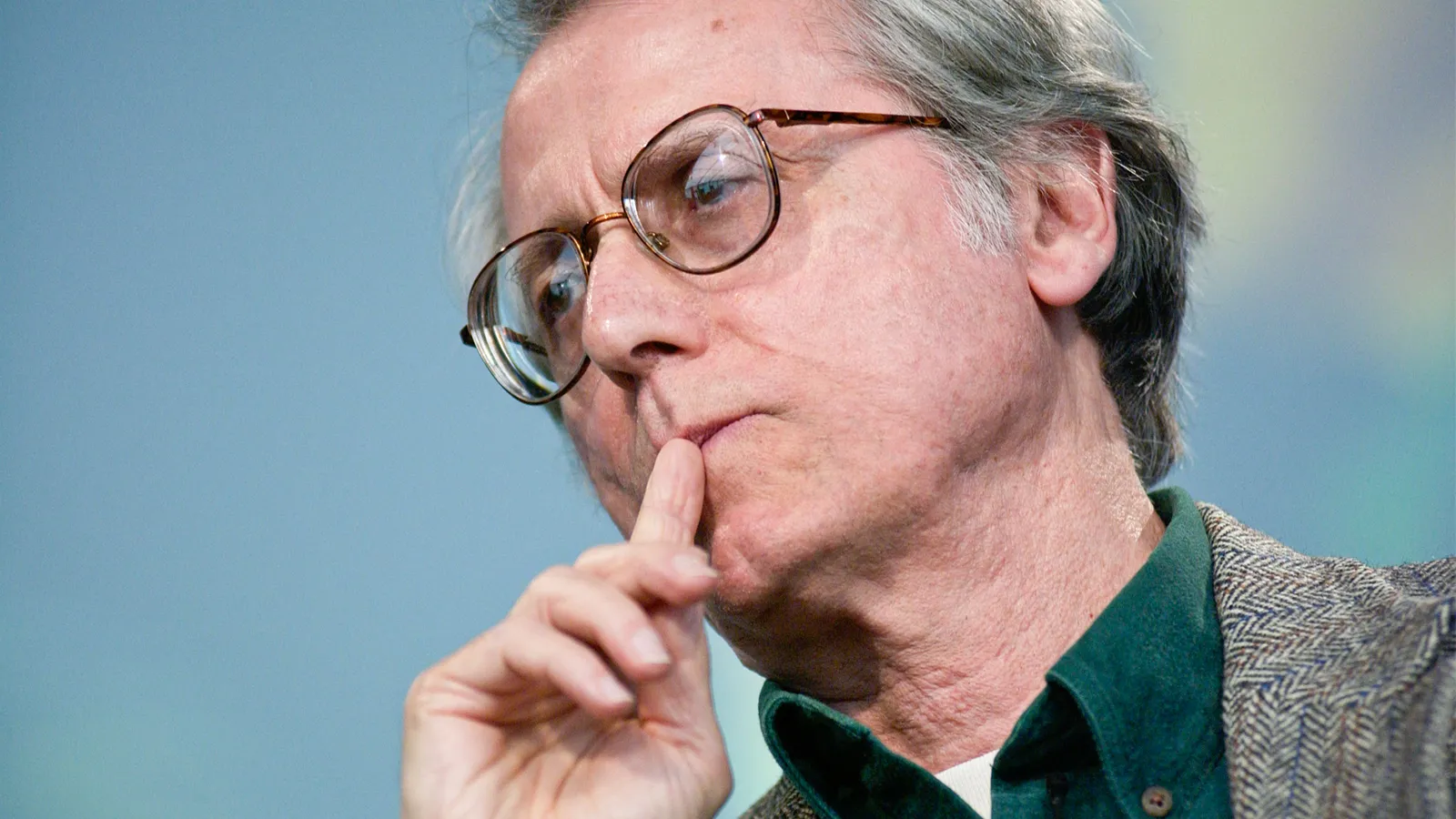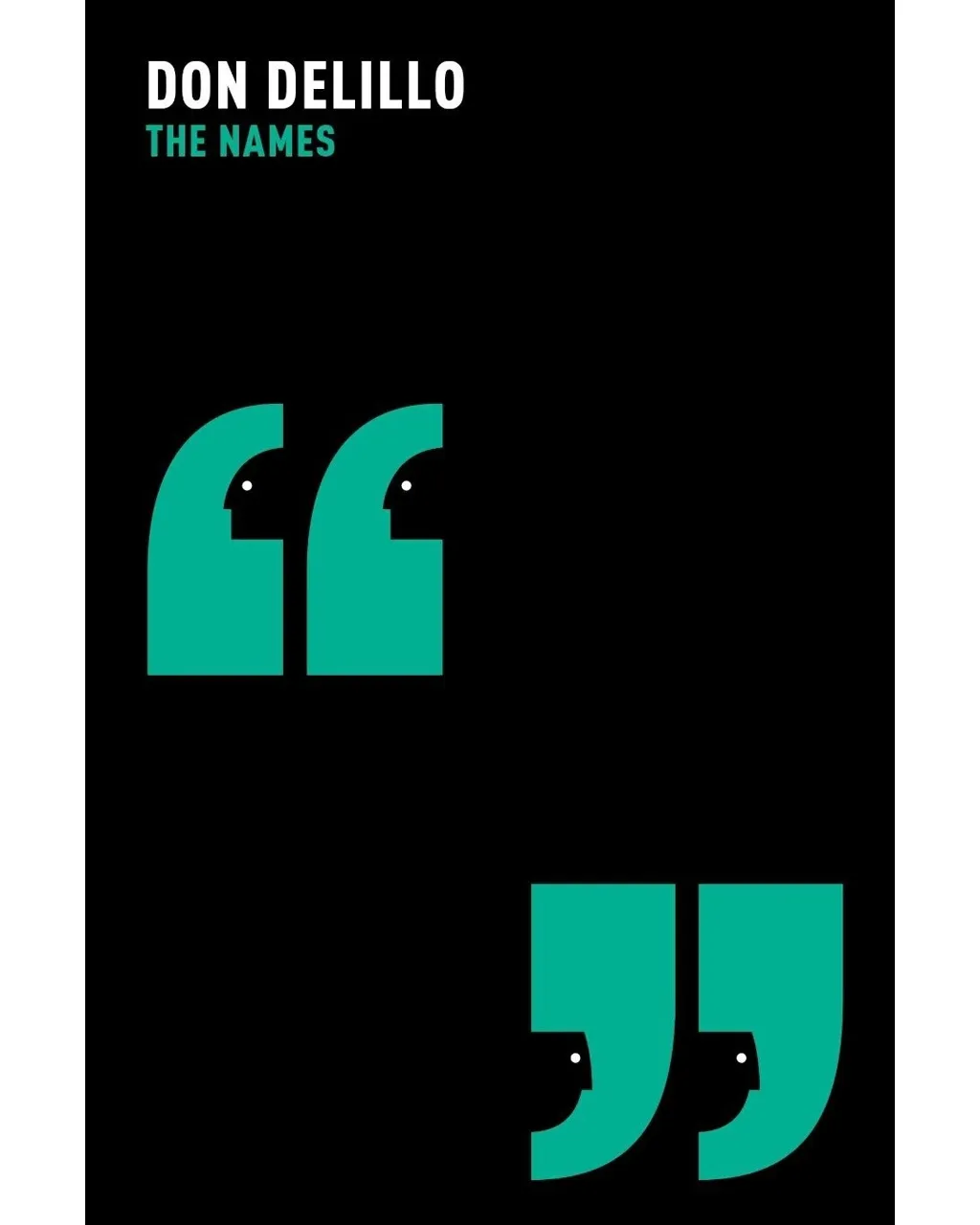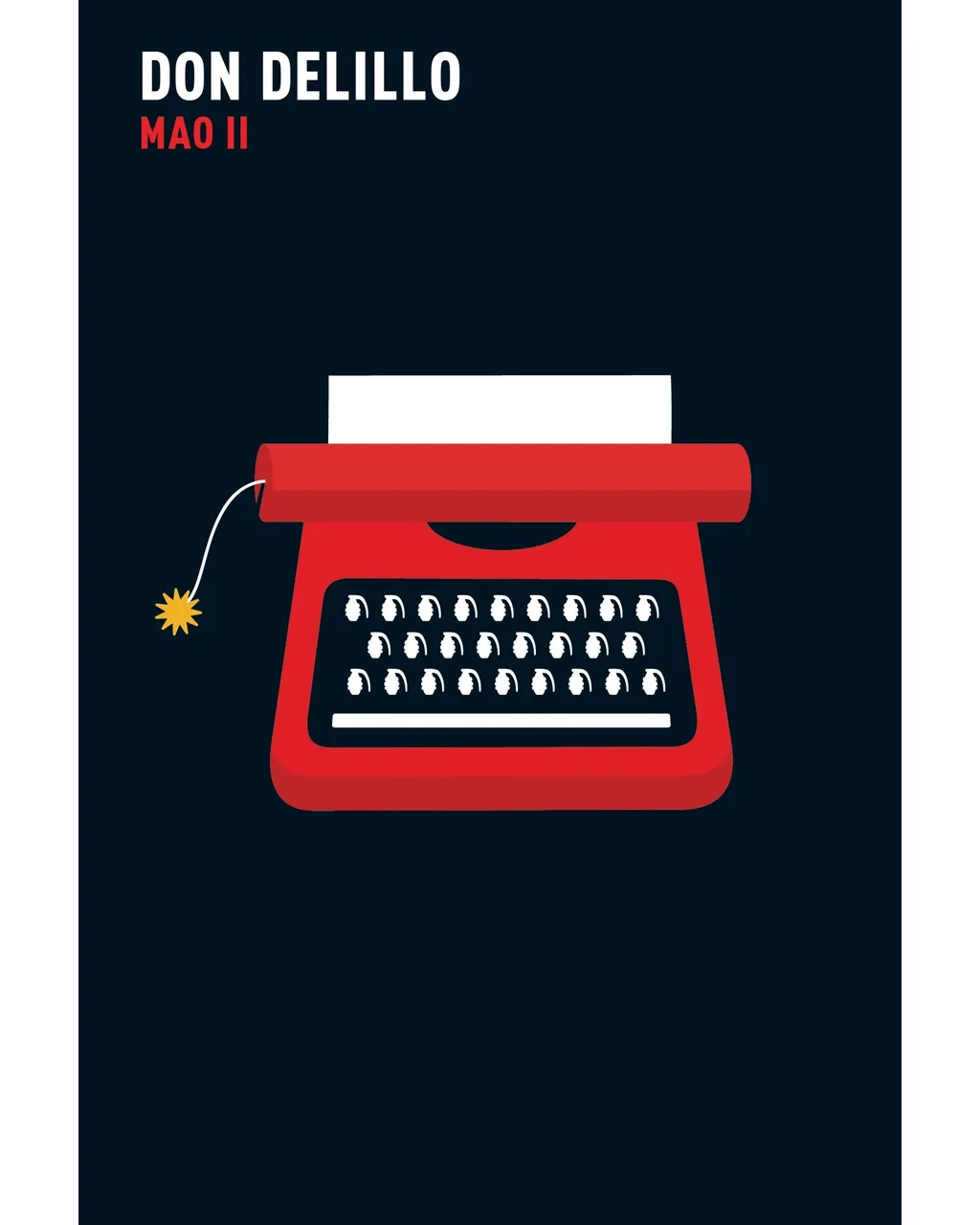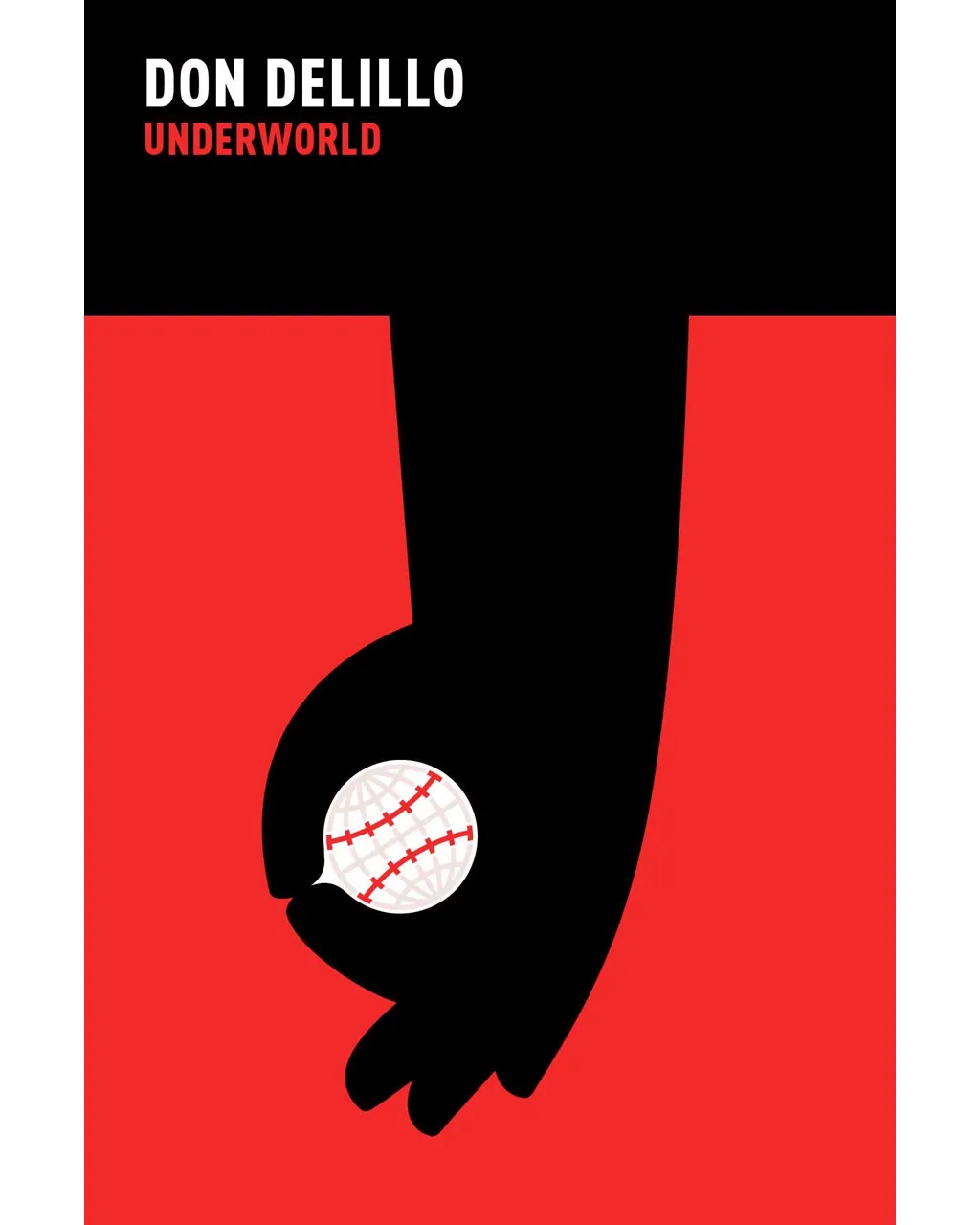Why Don DeLillo is America's greatest living writer
(Image credit: Alamy)
By John Self19th December 2022
https://ychef.files.bbci.co.uk/1600x900/p0dq97wt.webp
The writer that inspired Netflix's latest hit White Noise is a dazzling chronicler of modern America, and one of the country's legendary novelists, writes John Self.
"A brilliant story about death and the fear of death," said the original jacket blurb on Don DeLillo's 1985 novel White Noise – adding that the book "is a comedy, of course." This month, Noah Baumbach's Netflix film of White Noise dazzles its way on to our screens, and we're promised "a fascinating, invigorating spectacle," a "thrillingly original" blast of cinematic lustre.
So this feels like a good time to look again at White Noise's author – and consider why Don DeLillo is one of the great novelists of our time. He published his first novel in 1971, and for half a century has been one of those writers who makes us think in a new way: read him for long enough and the world begins to look different.
DeLillo's early novels were about things – advertising (Americana, 1971), sport (End Zone, 1972), rock music (Great Jones Street, 1973). Later in the 1970s he began to grow and experiment more: novels like Ratner's Star (1976), Players (1977) and Running Dog (1978) were playful, intricate and increasingly uninterested in forcing DeLillo's talents into standard literary forms: they mashed up elements of science fiction, thrillers and satire with big-brain subjects (astronomy, economics, social history). And they started to win him a reputation: "There's Norman Mailer, there's Thomas Pynchon, now there's Don DeLillo," gasped the Los Angeles Times on the paperback cover of Running Dog.
But it is widely agreed by his admirers that the next stage of DeLillo's career rang in what we might call his imperial phase. It is on the five-book run of the 1980s and 90s – The Names (1982), White Noise (1985), Libra (1988), Mao II (1991) and Underworld (1997) – that DeLillo's colossal reputation stands. These books are still about things, yes, but they also are the things themselves: highly self-aware literary works, recreations of modern society so intense that they make us see it afresh – intensely DeLillo-esque books about an intensely DeLillo-esque world.
DeLillo is often seen as a visionary, a prescient writer who saw what's coming, but really what he does is observe what was really always there, and focus on it
Let's take these five books and see what it is about DeLillo's writing that makes him stand out among his contemporaries. In The Names, one character says he can "see a shape in the chaos of things". What else are books for? In White Noise, another says "I want to immerse myself in American magic and dread". Look no further.
The Names exemplifies DeLillo's first quality: his ultra-modernity. He is often seen as a visionary, a prescient writer who saw what's coming, but really what he does is observe what was really always there, and focus on it.
Focused on Americans abroad and the
rise of terrorism, The Names (1982) exemplifies DeLillo's ultra-modernity
(Credit: Picador Pan Macmillan)
https://ychef.files.bbci.co.uk/1024x1280/p0dq937w.webp
The Names is about Americans abroad, mostly in Greece and the Middle East. Everything about it is so thoroughly up-to-date that you can see why Geoff Dyer called it "a 21st-Century novel, published in 1982." Its characters have modern, hard-to-describe jobs: the narrator James Axton struggles to say what he does for a living. "Generally I do reviews, I examine figures, make decisions." It's a world where the US is the country that it's always okay to hate: "There's no sense of wrong when you kill an American or blame America for some local disaster." A world where, then as now, "the price of oil was an index to the Western world's anxiety. [...] It told us how bad we felt at a given time."
In The Names DeLillo also noted the
rise of terrorism as a focus of the Western world's attention: the plot
features a sect that kills people based on their names – and, in a horribly
prescient take on the extremes of human appetites, one character wants to film
the murders taking place.
In 1982 of course there was no social media, but the groupthink it harnesses is
summarised in The Names too: "Masses of people scare me," says one
man. "People driven by the same powerful emotion." Even in his
earlier novel, 1977's Players, DeLillo spotted what few of us had: that New
York's World Trade Center Twin Towers were as much symbols as they were real
objects: "The Towers didn't seem permanent. They remained concepts, no less
transient for all their bulk than some routine distortion of light." When,
in September 2001, Al Qaeda treated them as such a symbol, DeLillo acknowledged
that "today, again, the world narrative belongs to terrorists."
Connected to this modernity is the next key quality of DeLillo's: his restless curiosity about the world. This is perhaps best seen in his 1988 novel Libra, about Lee Harvey Oswald and the assassination of President John F Kennedy, "the seven seconds that broke the back of the American century." (DeLillo decided early on to name the novel after Oswald's zodiac sign. "I was hoping it was Scorpio, because I liked that word. But his birth sign turned out to be Libra, the scales. I settled for that." He also noted that a "motivating element" in writing the novel might have been that "Oswald and I lived within six or seven blocks of each other in the Bronx.")
DeLillo's 1988 novel Libra centred on conspiracy theories about Lee Harvey Oswald and the assassination of John F Kennedy (Credit: Penguin)
https://ychef.files.bbci.co.uk/1024x1280/p0dq9bqk.webp
Libra went in on the ground floor of an industry – the JFK conspiracy theory industry – that others, including Oliver Stone (JFK) and James Ellroy (American Tabloid), would go on to explore and exploit. Little wonder that it was DeLillo's first bestseller: it engages full-throatedly with what DeLillo says the JFK assassination opened up: "What has become unravelled since [then is] the sense of a coherent reality most of us shared" – an observation which could have been written the day before yesterday, with our filter bubbles and self-reinforcing social-media silos.
In all these books, DeLillo is interested not just in these aspects of the world, but in what is hidden from us
This engagement with the outside world renders DeLillo somewhat unfashionable in an age of autofiction and internal stories with no moving parts. He had done it before, too: his debut novel Americana (1971) touched on the manipulations of what would later be called reality television. And he would do it again: Underworld (1997) takes on more or less everything that happened in – or to – the US in the second half of the 20th Century, and Falling Man (2007) was inspired by the collapse of the Twin Towers. In all these books, DeLillo is interested not just in these aspects of the world, but in what is hidden from us. "The American mystery deepens," he wrote in White Noise.
Indeed, White Noise is a fine example of DeLillo's engagement with the world, not least in the lists that fills its pages, emphasising just how crammed our lives today are with stuff. "The stereo sets, radios, personal computers… the cartons of phonograph records and cassettes; the hairdryers and styling irons… the controlled substances, the birth control pills and devices…"
And White Noise (1985) is the perfect way to highlight the next of DeLillo's qualities: the dazzle of his writing style. The fact that his novels are smart, idiosyncratic and sometimes challenging works about big things shouldn't distract us from the point that they're a blast to read. All DeLillo's books offer something nutritious in every paragraph, but White Noise might be the most stylish of all his books.
White Noise – one of DeLillo's most stylish books – takes aim at modern life: consumerism, paranoia and technology (Credit: Netflix)
https://ychef.files.bbci.co.uk/1600x900/p0dq944r.webp
The story, about a college professor who teaches "Hitler studies", takes aim at modern life: consumerism, paranoia, technology. It's full of riffs and jokes: "California deserves whatever it gets," goes one. "Californians invented the concept of lifestyle. This alone warrants their doom." It satirises our reliance on devices and our deadened responses: "The smoke alarm went off in the hallway upstairs, either to let us know the battery had just died or because the house was on fire. We finished our lunch in silence."
In White Noise, people talk in advertising slogans, and savour the bad news that saturates the media: "Only a catastrophe gets our attention. We want them, we depend on them. As long as they happen somewhere else." But in the book, suddenly there's a local catastrophe: the Airborne Toxic Event, which spreads a cloud over the area, leading to mysterious evolving symptoms ("At first they said skin irritation and sweaty palms. But now they say nausea, vomiting and shortness of breath") and creating bizarre conspiracy theories.
The mode of White Noise – like much of DeLillo's mature work – is postmodernism: fragmented, subjective, layered with extra-literary elements. The words that come from the TV and radio are presented like dialogue, as though those devices are characters, fully paid-up members of the household. ("The TV said, 'And other trends that could dramatically impact your portfolio.'") The self-referential media mash of DeLillo's world, where brand names become a mantra (the working title for White Noise was Panasonic, but he was refused permission to use it), makes perfect sense in the 21st Century, where our experiences are endlessly processed, photographed, commented on, reshaped and shared. It's a world that has seen, as the British writer Gordon Burn put it in his book Best and Edwards, "the electronic society of the image – the daily bath we all take in the media – replace the real community of the crowd."
Images, in fact, are key to DeLillo's writing, and exemplify the fourth of his distinct qualities: the coolness of his world view, as seen best of all in Mao II (1991). The title of the novel comes from Andy Warhol's silkscreen prints of Mao Zedong, which flattened and replicated one of the world's great tyrants into an image of colourful celebrity. (It's very DeLillo-esque that Warhol said of his mechanised approach to art: "The reason I'm painting this way is that I want to be a machine.")
DeLillo took the title of his 1991 novel Mao II from Andy Warhol's silkscreen prints of Mao Zedong (Credit: Picador Pan Macmillan)
https://ychef.files.bbci.co.uk/1024x1280/p0dq93gn.webp
In Mao II, a reclusive novelist, Bill Gray, who has become famous for two books written decades earlier, is struggling with whether to publish his third. He's also aware that writers no longer change things. "The future belongs to crowds." Rather than words, DeLillo argues, we are driven by the power of the image, usually of great and horrifying spectacles: the book is structured around televised images of, among other things, the Hillsborough Stadium disaster and the Ayatollah Khomeini's funeral. Do we share in the grief of those suffering when we witness such events, one character wonders, or are we voyeurs?
DeLillo's vision never flinches, never looks away, which may be why his work can seem cold in its unsentimental approach to human horror. We see it in The Names, filming terrorist murders; in White Noise, separating Hitler from his actions through the academic fetish of Hitler studies; in Falling Man, where the book is centred on the iconography of one of the men who jumped from the twin towers. His books riff on cults and death and mass murder, which are a part of life. "Life must become more anxious, more surreal, more image-bound," says a character in Mao II; once again, DeLillo saw what was coming.
And this takes us to the last of the attributes that help to give DeLillo's work its significance. His willingness to keep going is exemplified by both Underworld (1997) and what came after it. By the mid-1990s, DeLillo's reputation was secure, but he was ambitious to write the sort of book nobody thought him inclined to write, or indeed capable of: a monumental social history that foregrounded character as much as event.
Underworld (1997) was an ambitious novel that encompassed baseball, the bomb and the Cuban Missile Crisis (Credit: Picador Pan Macmillan)
https://ychef.files.bbci.co.uk/1024x1280/p0dq92tx.webp
That such a book could come from a writer who has "never made an outline for any novel that I've written. Never," seemed extraordinary. Underworld represented an expansion of talent that encompassed baseball, the bomb, the Cuban Missile Crisis, real people and invented ones, and left critics open-jawed in awe. "There is no doubt that it renders DeLillo a great novelist," wrote Martin Amis. The epilogue of Underworld even reflects on the internet in a way that makes the metaverse seem like a twinkle in the author's eye. "Is cyberspace a thing within the world or is it the other way around? Which contains the other, and how can you tell for sure?" Not bad for 1997.
Yet what might be more significant for this factor is what DeLillo did next. Since Underworld was published 25 years ago when the author was 61 – a career summation if ever there was – DeLillo has kept on going. Since then, he has published a further six novels and a collection of stories. These novels have been different from what came before: shorter, mostly, and tighter in focus. The Body Artist (2001), one of the best, is a strange sort of ghost story, with sentences perhaps unmatched in pure stylistic beauty throughout DeLillo's oeuvre.
DeLilllo's later works, such as 2001's The Body Artist, have been different: mostly shorter, and more tightly focused than before (Credit: Simon and Schuster)
https://ychef.files.bbci.co.uk/1024x1280/p0dq92c0.webp
In these books he continues to engage with the modern world, and to explore themes familiar to his readers. Cosmopolis (2003) features Wall Street protests; Point Omega (2010) brings together war and filmmaking in classic DeLillo style. And two years ago, he published his latest work of fiction, The Silence. More novella than novel, this was not a major work – at the age of 84, you're entitled to have your best work behind you. But The Silence feels like his most timely story yet: set in 2022, it features a communications blackout, where phones and screens go blank and people are locked down together. (Unwisely, an editor at DeLillo's US publisher inserted a reference to Covid-19 into the book, to try to make it "more contemporary". Bad idea. "It wasn't going to stay, that's for sure," said DeLillo.)
And not only is DeLillo still writing – he's still doing the publicity rounds, still turning up to promote his books, when a writer of his stature could sit in silence and let the novels sell themselves. He obligingly meets the press with every new book, and practically every Q&A styles itself oxymoronically as "a rare interview with Don DeLillo." "I've been called reclusive a hundred times and I'm not even remotely in that category," he said in 1992.
Don DeLillo published his first novel in 1971 – and is considered one of America's greatest living novelists (Credit: Getty Images)
https://ychef.files.bbci.co.uk/1600x900/p0dq954n.webp
You see, DeLillo doesn't need to buttress his reputation with mystery and silence, as a lesser writer might. He is the opposite of Bill Gray in Mao II, the novelist who maintained his own mythology by disappearing after a short run of success.
At one point in Mao II, Bill says, "Do you know why I believe in the novel? It's a democratic shout. Anyone can write a great novel, one great novel." Well, not quite anyone.
White Noise will be available to stream on Netflix in the US on 30 December
Source:
https://www.bbc.com/culture/article/20221213-why-don-delillo-is-americas-greatest-living-writer







